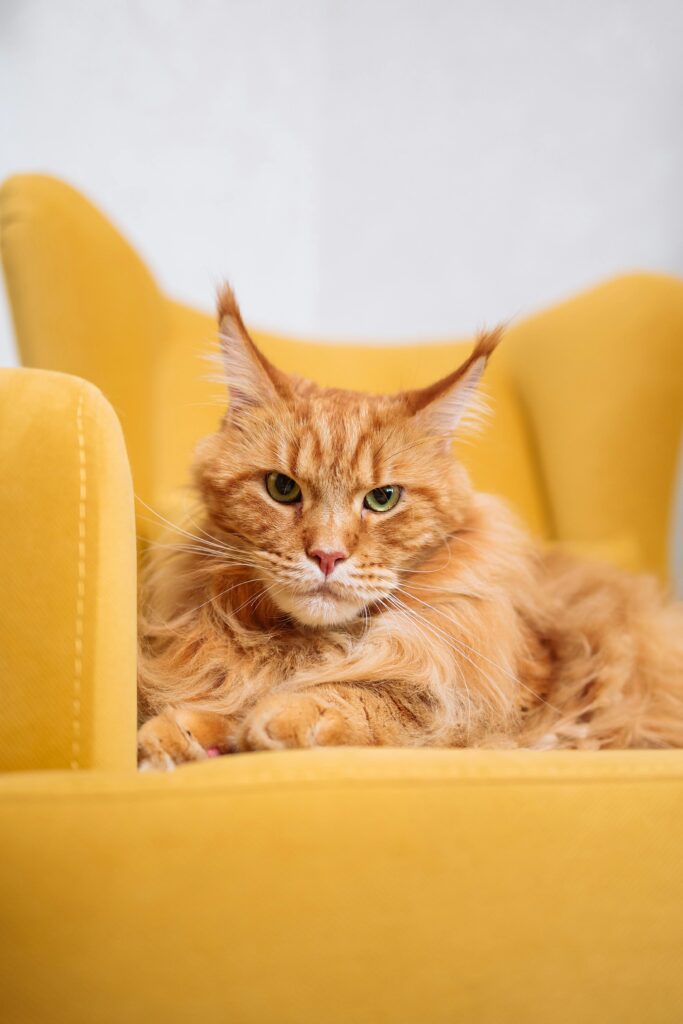
Do Maine Coon Cats Shed?
Introduction
Maine Coons are famous for their impressive size, playful personalities, and gorgeous, flowing coats. But if you’re considering one as a companion, you might be wondering: do Maine Coon cats shed?
The short answer: yes, Maine Coon cats do shed. But the long answer is a little more comprehensive. Shedding varies with the seasons, the Maine Coon cat’s health, their diet, and even whether they live indoors or outdoors. More importantly, shedding is manageable, if you understand how to care for their coat properly.
This guide will cover everything you need to know about Maine Coon shedding, including how much they shed, grooming routines, coat care, and what this means for allergy-sensitive households.
Do Maine Coon Cats Shed?
Every cat sheds to some degree, and Maine Coons are no exception. Their thick double-layered coat naturally releases old or damaged hairs. This process helps keep their fur healthy and allows them to regulate body temperature.
Unlike shorthaired breeds where shedding may go unnoticed, Maine Coons have long hair, meaning their loose fur is more visible on furniture and clothing. Expect to notice hair on soft furnishings, your clothes, and even in unexpected places like vents or corners.
The amount of shedding depends on:
- Seasonal changes: Maine Coons shed more in spring (to prepare for warmer weather) and fall (to thicken their coat for winter).
- Indoor environment: Indoor cats often shed lightly but consistently all year due to artificial lighting and climate control.
- Hormones: Intact cats may shed differently than neutered or spayed cats because of hormone fluctuations.
So, while Maine Coon cats do shed, they are not the heaviest shedders among longhaired breeds. With the right approach, shedding is completely manageable.
Maine Coon Shedding
Maine Coon shedding is often described as moderate to heavy. Owners typically notice three patterns:
- Daily Shedding: Light shedding happens every day. You’ll see fur on clothes, bedding, and surfaces.
- Seasonal Shedding (“Blowouts”): In spring, Maine Coons shed their thick undercoat in preparation for summer. This is when fur comes out in clumps and requires extra grooming.
- Age-Related Shedding: Kittens shed less than adults. Senior cats may experience changes in shedding if their health declines.
Comparison to other breeds:
- Maine Coons shed more than shorthaired breeds like Bengals.
- They shed less than Persians, whose dense coats mat more easily.
- Their coat texture is silky, which helps prevent tangles compared to fluffier longhairs.
Shedding is a sign of a healthy coat, but owners should learn to distinguish normal shedding from excessive hair loss, which may point to health issues.
Grooming a Maine Coon Cat
Grooming is the single best way to control shedding. For Maine Coons, grooming is both a necessity and a bonding activity.
How Often Should You Groom?
- Standard routine: 2–3 times per week.
- Seasonal shedding: Daily brushing during spring and fall.
Tools for Grooming Maine Coons
- Slicker brush: Removes surface tangles and loose fur.
- Metal comb: Ideal for reaching through the thick undercoat.
- Deshedding tool (e.g., Furminator): Use sparingly to reduce bulk shedding.
- Mat splitter: Helpful if mats form behind the ears or under the belly.
Benefits of Grooming
- Reduces hairballs caused by self-grooming.
- Keeps fur sleek and mat-free.
- Reduces allergens in the home by controlling dander.
- Provides an opportunity to check for skin irritation, fleas, or ticks.
Pro tip: Start grooming Maine Coon kittens early so they see it as part of their routine. Keep sessions short and positive, rewarding them with treats or playtime.
How Much Do Maine Coons Shed?
So how much do Maine Coons shed in practical terms?
- Daily shedding: Expect to vacuum or lint-roll regularly. A Maine Coon’s fur is long and noticeable, so even small amounts feel like more.
- Seasonal shedding: During coat blowouts, fur can come out in handfuls. Without grooming, you’ll find clumps around the house.
- Individual variation: Some Maine Coons shed more than others. Genetics, health, and coat texture all play a role.
Compared to other longhaired cats:
- Maine Coons shed less than Persians but more than Norwegian Forest Cats.
- Their fur is more manageable because it’s silky rather than wooly.
- Regular grooming makes Maine Coon shedding easier to live with than breeds with dense cotton-like coats.
Bottom line: shedding is noticeable but not overwhelming with proper coat care.
Maine Coon Grooming Tips
Managing shedding isn’t just about brushing—it’s a whole routine. Here’s how to keep your Maine Coon’s coat (and your home) in top shape:
1. Establish a Routine
Consistency is key. Choose a few set days each week for brushing. During heavy shedding, increase to daily grooming.
2. Keep Sessions Short and Positive
Cats don’t have long attention spans. Ten minutes per session is plenty. End on a positive note with treats or playtime.
3. Address Problem Areas
Pay special attention to:
- Behind the ears
- Under the armpits
- Along the belly
- The base of the tail
These are prone to tangles and mats.
4. Occasional Bathing
Maine Coons often tolerate water better than other breeds. Bathing every 2–3 months can help loosen dead fur and reduce shedding. Always use cat-safe shampoo.
5. Professional Grooming
If mats become unmanageable, professional groomers can safely trim them. Some owners opt for a “lion cut” in hot climates, though many prefer to keep the coat natural.
Longhaired Cat Shedding
Shedding is not unique to Maine Coons—it’s a common challenge for all longhaired cats.
How Maine Coons Compare
- Persians: Heavier shedders due to denser undercoats.
- Ragdolls: Shed moderately, similar to Maine Coons, but their coats are less water-resistant.
- Norwegian Forest Cats: Shed similarly but often have more seasonal variation.
Challenges of Longhaired Shedding
- More fur means more hairballs.
- Long fur clings to fabrics more than short fur.
- Loose hairs can mat if not brushed out.
Owning a longhaired cat requires a commitment to grooming—but many owners say the beauty and companionship make it worthwhile.
Maine Coon Cat Care
Caring for a Maine Coon goes beyond grooming. Proper care reduces excessive shedding and keeps your cat’s coat glossy and healthy.
Nutrition
- Feed a high-protein diet with meat as the primary ingredient.
- Add omega-3 fatty acids (fish oil or supplements) for skin and coat health.
- Avoid cheap fillers like corn or wheat that can trigger allergies and dull fur.
Hydration
Cats with long fur are prone to dry skin. Fresh water, water fountains, or wet food can improve hydration and coat quality.
Environment
- Keep stress levels low—anxious cats shed more.
- Maintain a clean environment with regular vacuuming and air filtration.
Vet Care
Regular vet visits ensure shedding isn’t linked to underlying health problems like parasites, thyroid issues, or skin infections.
Allergy-Friendly Cats
Many people wonder if Maine Coons are hypoallergenic. Unfortunately, no breed is completely free of allergens. Maine Coons produce Fel d 1, the protein responsible for most cat allergies. Read more about Maine Coon Cats and hypoallergenic facts here.
Shedding and Allergies
When Maine Coons shed, they spread dander (skin flakes) and saliva proteins that cling to fur. This is what triggers allergic reactions.
Tips for Allergy-Sensitive Homes
- Groom your cat regularly to reduce dander.
- Wash cat bedding and blankets often.
- Invest in a HEPA air purifier.
- Designate “cat-free” zones in your home, like the bedroom.
While Maine Coons aren’t hypoallergenic, some allergy sufferers find them easier to live with than heavier shedders like Persians.
Best Brushes for Maine Coon Cats 🐾
Maine Coon cats have thick double coats with a soft undercoat and longer guard hairs. To manage shedding and keep mats away, having the right brushes is critical. Here are the types of grooming tools you should consider, what to look for, and some good product picks.
What to Look for in a Good Brush for Maine Coons
| Feature | Why It Matters |
| Wide, long teeth or combs | To get through the thick undercoat without razor-burning or tugging. |
| Stainless steel or durable metal tines | Long hairs and mats need strong tools; cheap pins bend or break. |
| Comfortable grip & ergonomic handle | Maine Coons are big; grooming takes time. You want something you can hold without strain. |
| Slicker brushes + undercoat rakes | Slickers to smooth the outer coat, rakes to pull out loose undercoat. |
| Self-cleaning or push button release | Makes cleanup easier; removes collected fur quickly. |
| Soft brushes for sensitive areas | Belly, behind ears, armpits—areas where the fur is denser and skin thinner. |
Best Brushes & Tools: Top Picks
Here are some excellent brushes/tools that work well for Maine Coon cats. I’ve grouped them by type (deshedding, slicker, gloves, etc.) so you can pick based on the needs of your readers.
FURminator Deshedding Tool for Cats
$33.57
•
Petco.com + others
Furminator Long Hair Deshedding Tool Cats
$33.99
•
PetSmart + others
Whisker City Soft Slicker Cat Brush
$11.99
•
PetSmart
Burt’s Bees Cat Slicker Brush
$11.69
•
Petco.com + others
King Komb De‑Shedding Tool
$24.99
•
Etsy
Retriever Stainless Steel Undercoat Pet Rake
$9.99
•
Tractor Supply Company
Silicone Pet Grooming Glove
$11.04
•
Etsy
Double‑Sided Dematting & Shedding Comb
$9.99
•
Etsy
Here are the details:
- FURminator Deshedding Tool for Cats: One of the strongest deshedding tools available. Excellent for reducing undercoat volume. Best used gently and not too often to avoid over-thinning.
- Furminator Long Hair Deshedding Tool Cats: A version designed specifically for longhaired cats like Maine Coons. Great for seasonal blowouts.
- Whisker City Soft Slicker Cat Brush: Softer slicker pad; good for daily brushing or sensitive skin areas. Helps with maintenance and finishing.
- Burt’s Bees Cat Slicker Brush: Eco-focused brand; slicker pins that are gentle yet effective at removing mats without damaging the outer coat.
- King Komb De‑Shedding Tool: Larger surface area, strong teeth; ideal for removing thick undercoats, especially during heavy shedding seasons.
- Retriever Stainless Steel Undercoat Pet Rake: Undercoat rake is great for pulling out loose undercoat without scratching the skin, especially over large areas like flank, chest, belly.
- Silicone Pet Grooming Glove: For cats who dislike rigid brushes. The glove gives a massage-feel and is good for daily light grooming.
- Double‑Sided Dematting & Shedding Comb: Two tools in one: one side for mats/tangles, the other for de-shedding. Useful for combing out problem areas.
My Recommendations: What to Use and When
| Scenario | Best Brush / Tool | Why It Helps |
| Heavy seasonal shedding | Furminator Long Hair Deshedding Tool / King Komb De-Shedding Tool | Can remove large amounts of loose undercoat. Do gently. |
| Daily maintenance / finishing | Soft slicker brush (Whisker City, Burt’s Bees) | Smooths outer coat, reduces loose hairs and tangles. |
| Sensitive or anxious cats | Grooming glove or soft comb | Less intimidating, gentle touch, builds trust. |
| Mats or tangles forming | Double-sided dematting comb or undercoat rake | These reach deeply without pulling excessively. |
Final Thoughts
So, do Maine Coon cats shed? Yes—they do. But shedding is simply part of their natural beauty and health. With regular grooming, a proper diet, and some simple home adjustments, you can manage shedding and fully enjoy life with this magnificent breed.
Their luxurious coats require care, but the reward is a loyal, playful companion who more than makes up for a little extra vacuuming.
For families seeking a luxury adoption experience, you can also explore available kittens at almontecats.com.
Still researching Maine Coon Cats? Dive deeper into our breed guides and resources:
- Popular Maine Coon Kitten Colors
- How to Spot Cat and Kitten Scams Online
- Black Maine Coon Cats
- Do Maine Coon Cats Shed?
- How to Reserve Your Almonte Kitten
Each post is packed with facts, tips, and advice to help you choose the perfect kitten for your family.
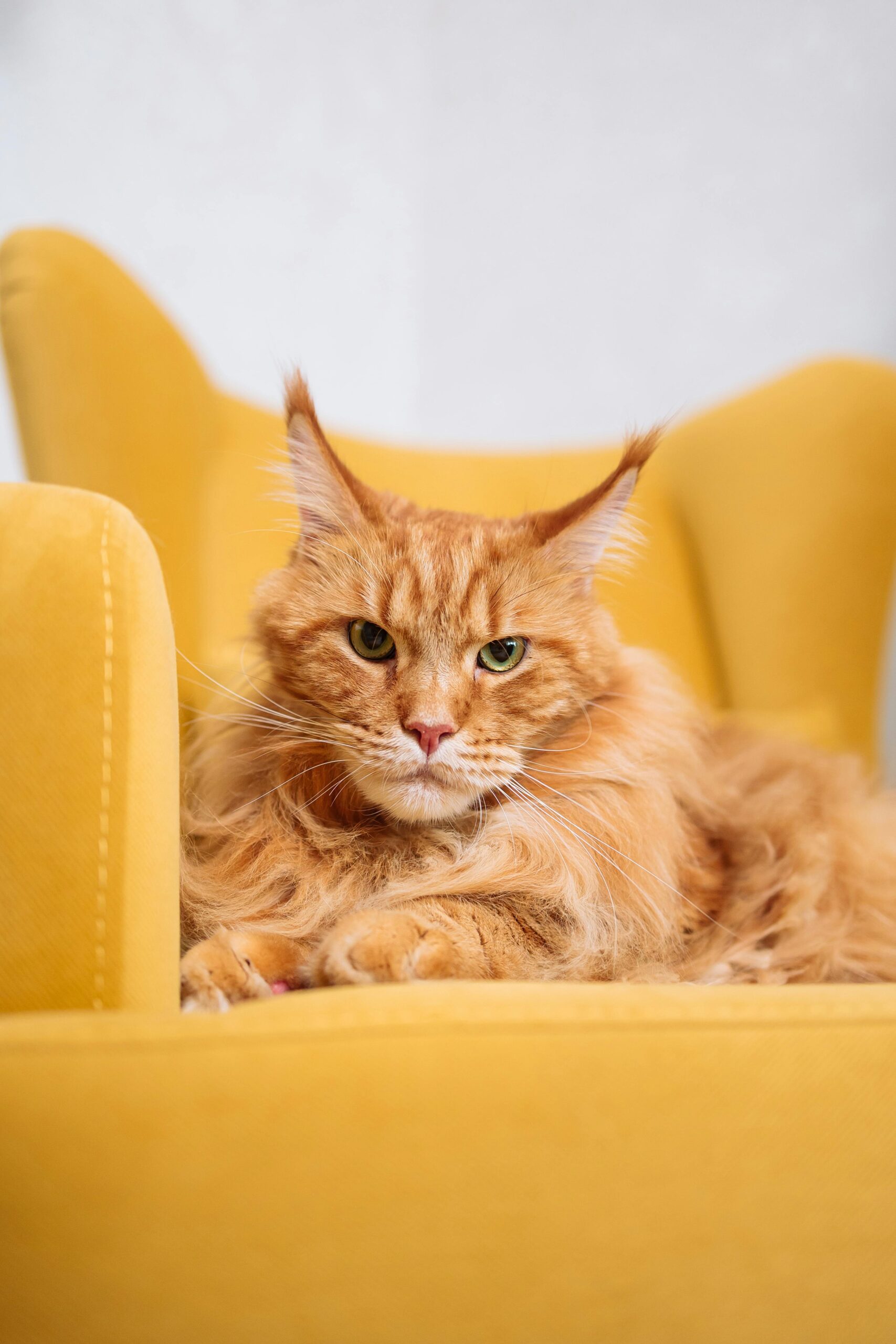
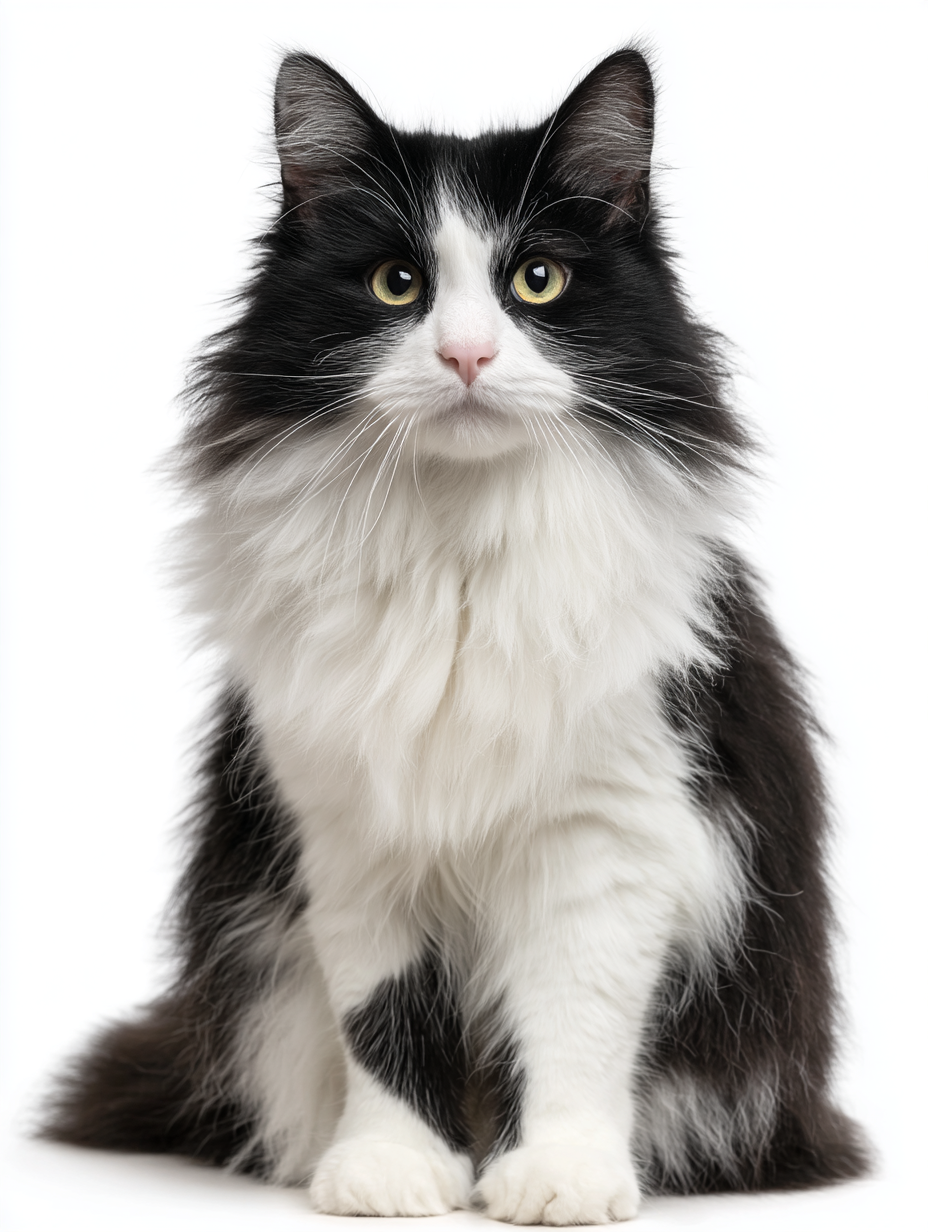
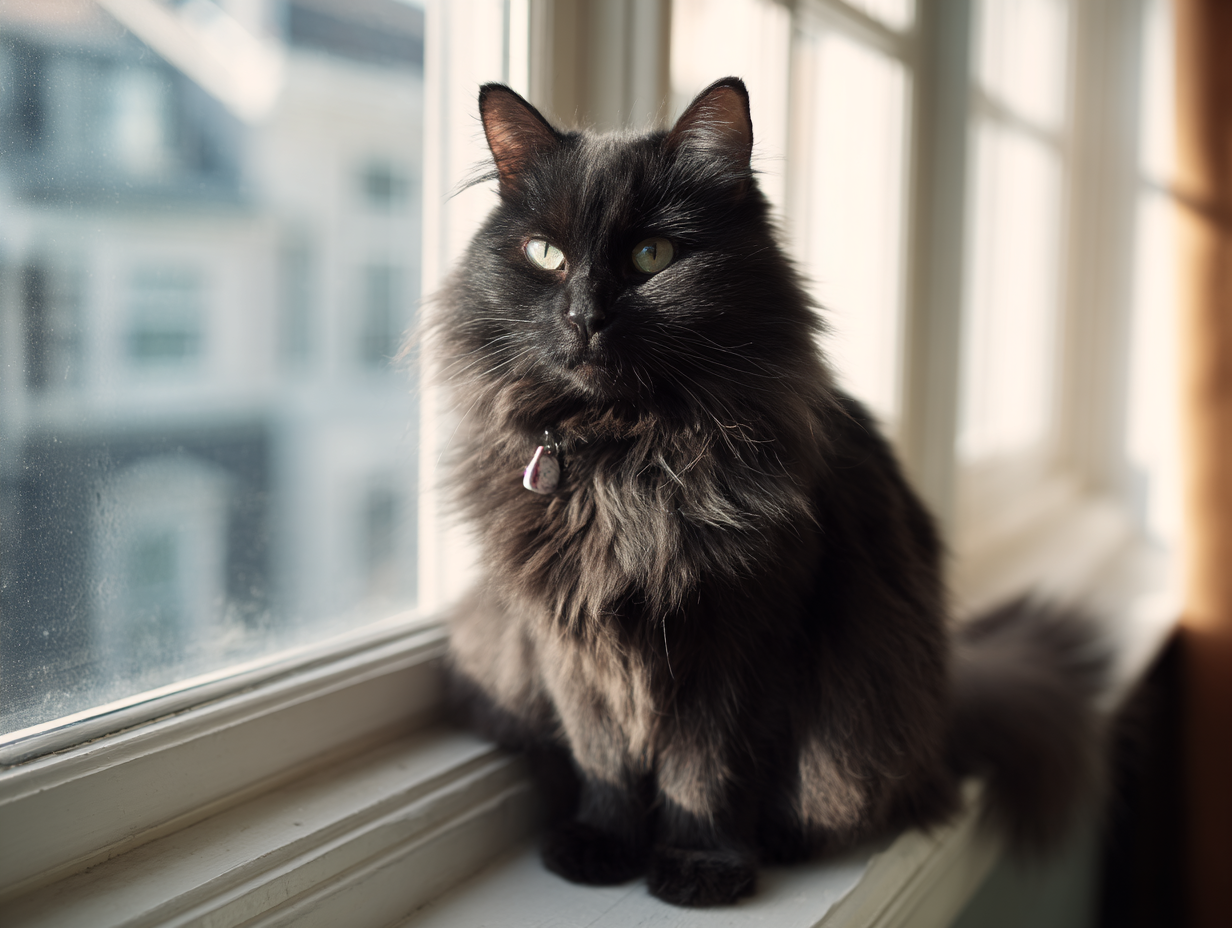
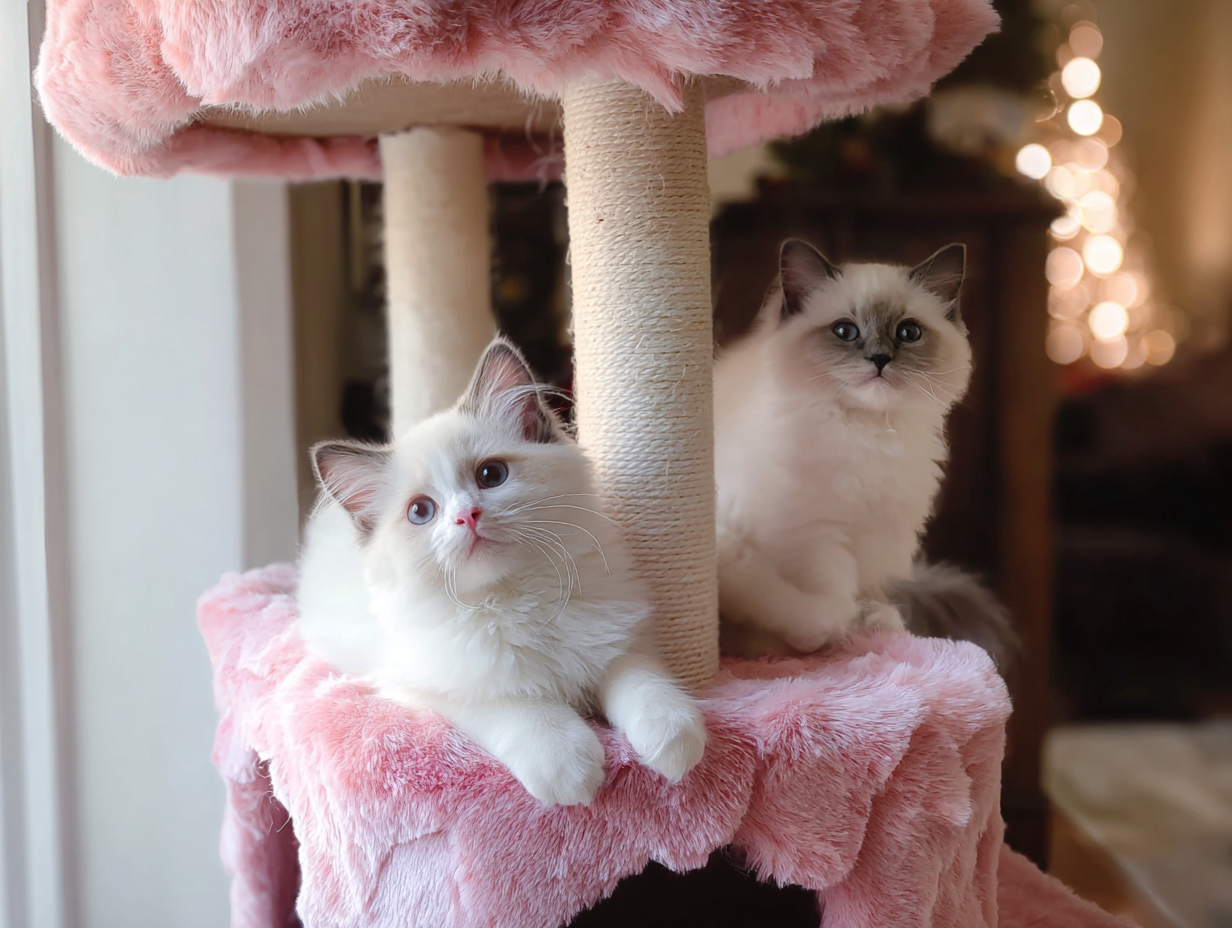
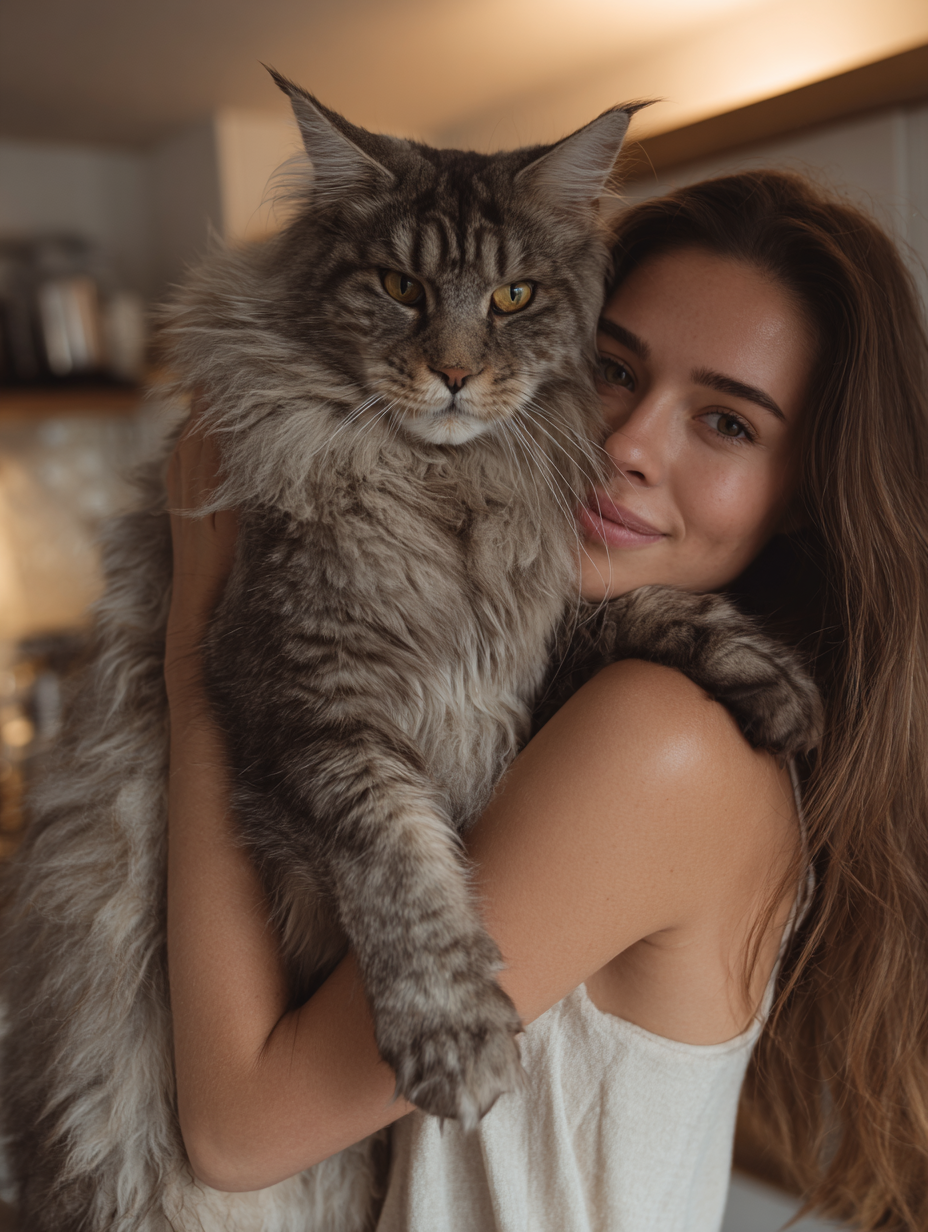

Read the Comments +